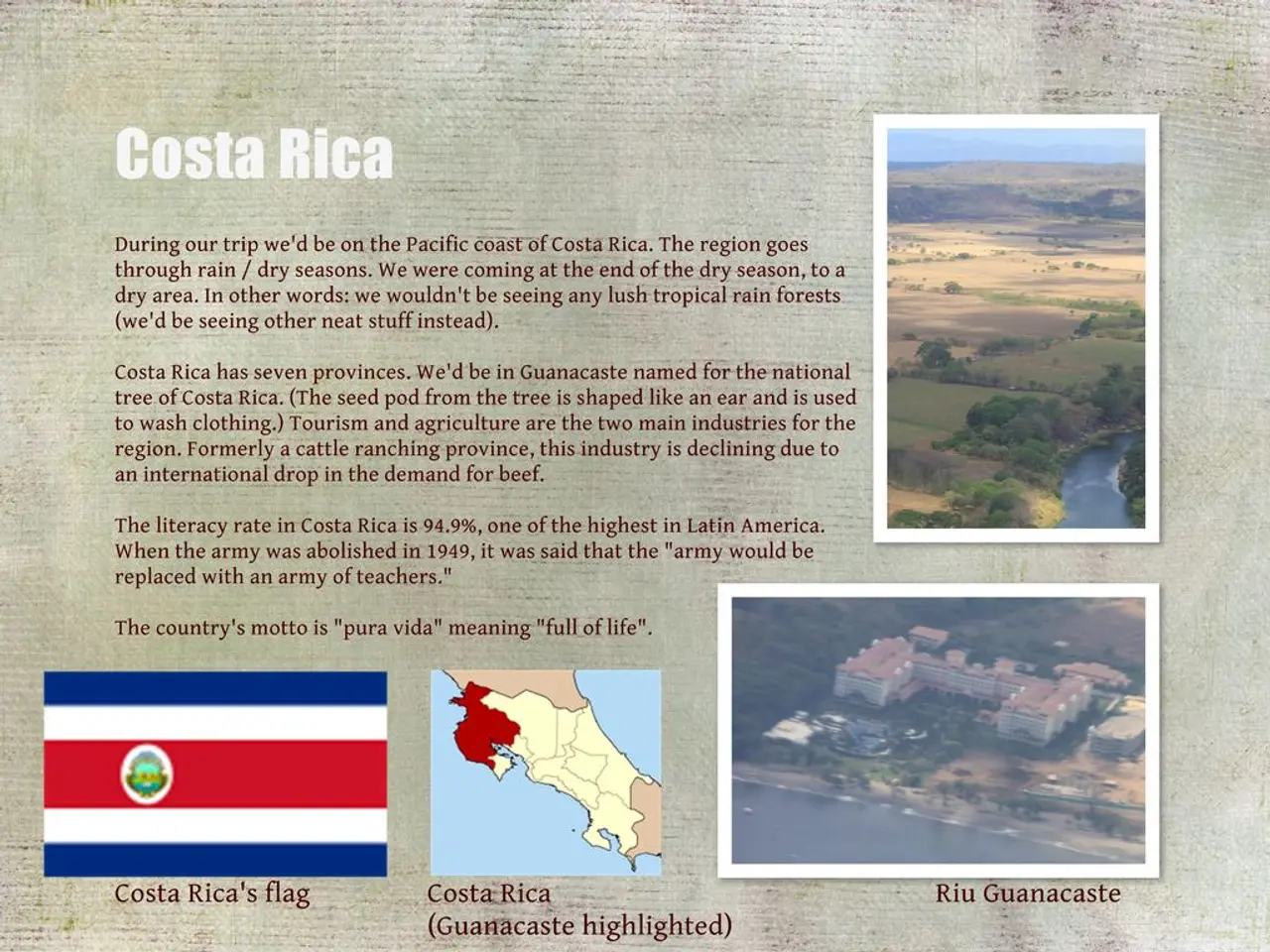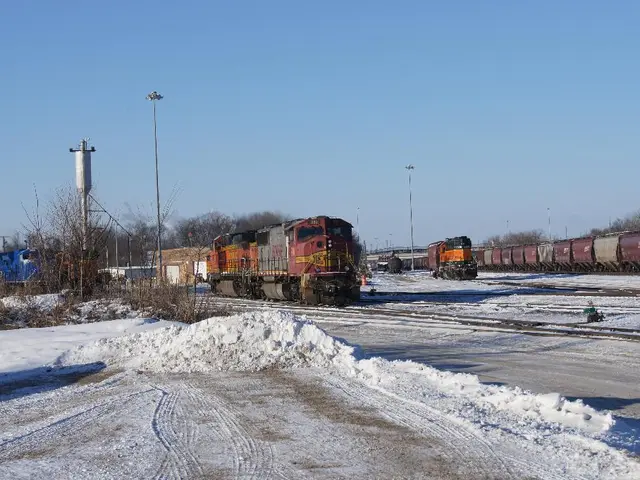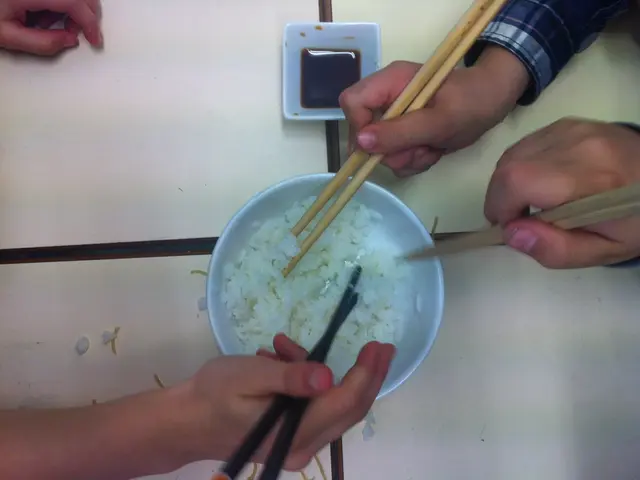Ancient Peruvian citadel dating back 3800 years now welcomes visitors
The Peñico citadel, a significant archaeological site located in the northern region of Peru, has recently been opened to tourists after eight years of exploration and restoration work. This ancient city, dating back approximately 3,800 years, provides valuable insights into the decline of the Caral civilization and its aftermath.
The Peñico archaeological site, home to approximately 18 buildings, was declared a UNESCO World Heritage Site in 2009. Archaeological exploration began at the site in 2017, revealing a city that was strategically located for trade and cultural exchange between coastal, mountain, and jungle communities.
Researchers believe that the decline of Caral, the oldest known civilization in the Americas, was influenced by severe climate shifts. These changes may have led to the emergence of new settlements like Peñico as people adapted to the environmental challenges. Despite Caral's decline, the inhabitants of Peñico continued to participate actively in social and cultural networks, suggesting that the Caral influence persisted even after its primary urban centers began to fade.
Peñico's design offers protection from natural disasters and facilitates social interaction, showcasing how later civilizations adapted to their environments while maintaining cultural ties to earlier civilizations. The city developed following the cultural tradition of Caral, indicating a continuity in cultural practices and traditions despite the decline of its predecessor.
Archaeologist and project leader Ruth Shady described Peñico as an organized urban center for agriculture and trade between the coast, the mountains, and the forest. The citadel was likely a hub for trade between the first human communities on the Pacific coast and those from the Andes and the Amazon region.
The Peruvian Ministry of Culture was responsible for the exploration and restoration work at the Peñico archaeological site. The opening of the Peñico citadel to tourists was reported by the news agency AFP. Before the start of archaeological exploration work in 2017, only a hilly landscape was visible at the Peñico site.
Peñico is located about 180 kilometers north of the capital Lima and about 20 kilometers from the Pacific Ocean. The discovery of Peñico sheds light on the resilience and adaptability of pre-Inca societies in the face of environmental challenges and cultural transitions. Researchers hope that the site and the artifacts found there can provide insights into why the contemporary Caral civilization declined.
Tourists visiting the Pen rozico archaeological site, now open after eight years of exploration and restoration work, can gain a deep understanding of the Caral civilization's decline and subsequent impact on the environment and lifestyle of the following civilizations. The organized urban center of Pen rozico, declared a UNESCO World Heritage Site in 2009, was strategically located for trade and cultural exchange between coastal, mountain, and jungle communities, showcasing how later civilizations adapted to their environments while maintaining cultural ties to earlier civilizations.




